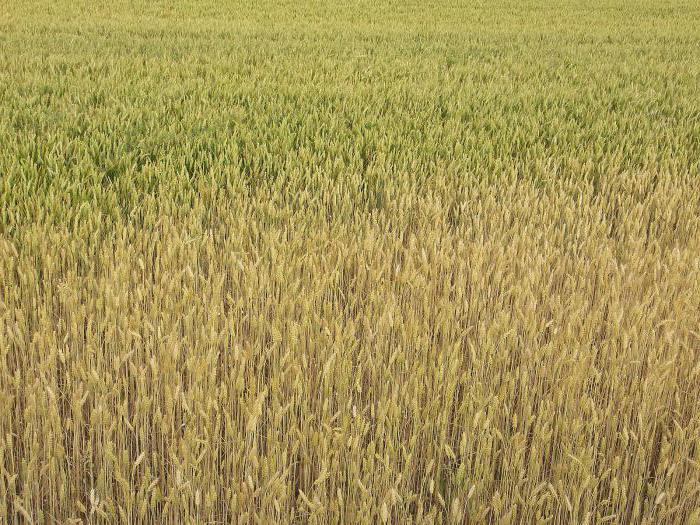What is the “profession” of cereals in the ecosystem? In our article we will try to consider this issue from the point of view of structural features and physiology of representatives of the class Monocotyledonous.
Cereals: plants of grass cover of the planet
Rye, barley, wheat, corn ... Perhaps this list goes on and on. After all, cereal plants number about 10 thousand species. They are the plant basis of ecosystems of the steppes and meadows, and are also found in savannas and pampas. From all other representatives of the Monocotyledon class, they are distinguished by their special economic importance and wide distribution area. What structural features allowed them to achieve this importance?
Features of the structure of cereal plants
The family of cereals, or bluegrass, like all monocotyledons, has one cotyledon in the bud, fibrous root system, simple linear leaves without petiole. In their stems there is no lateral educational tissue - cambium. Therefore, most cereals are represented by grassy forms. A distinctive feature of these plants is a hollow stem of a cylindrical shape called a straw. Cereals in the ecosystem of the tropics sometimes reach up to 50 cm in height. And sugarcane is generally a giant, growing up to 4-5 m. The flowers of all cereals are small and inconspicuous. Their perianth is reduced and is represented by translucent films. Cereals are pollinated by the wind. Small flowers are always collected in inflorescences, such as a complex spike, ear, sultan, panicle, brush. As a result of their flowering, a dry, unopened caryopsis fruit is formed.
What is the “profession” of cereals in the ecosystem?
It is difficult to imagine a meadow in the meadow, steppe open spaces or a coastal river zone without cereal plants. Yes, and most malicious weeds are also a representative of this family. What is the “profession” of cereals in the ecosystem of these biogeocenoses? First of all, they are the supplier of additional water for all plants. This is possible due to the structural features of their root system. Cereals always grow in large groups. Their many thin roots are tightly intertwined, covering the ground and thereby crowding out other plants. In this case, a special layer is formed in the surface layer - sod. It helps retain additional moisture with the nutrients that all plants provide.

When the roots of cereals die off, they become the basis of soils that are highly fertile, as they are rich in a large number of organic residues. The fruits and shoots of these plants use various types of animals of natural and artificial ecosystems for food. All cereal plants are producers. This means that in food chains they are producers of organic substances and oxygen, which are formed during photosynthesis.
The most important cereal plants
What is the "profession" of cereals in an ecosystem that is natural, we have already figured out. But it cannot be said that man has long used these plants for his own purposes. Of particular importance among them are cereals. These include wheat, rye, barley, oats. Important food crops are rice, corn, sorghum. Many among cereals and weeds. This is wheat grass, pinworm, bonfire, blackberry, oatmeal. Foxtail and timothy are grown as fodder grass. One of the most amazing cereals is bamboo, whose straws grow in height more than a meter per day. And cane is the source of more than 50% sugar on the planet.
As you have seen, cereals play an important role in natural and artificial ecosystems, being the basis for soils, a source of nutrition and moisture, as well as valuable food crops.